Half Hitch Tying
Form a loop around the object. Pass the end around the standing end and through the loop. Tighten into a Half Hitch which is designed to take a load (Arrow) on the standing end.
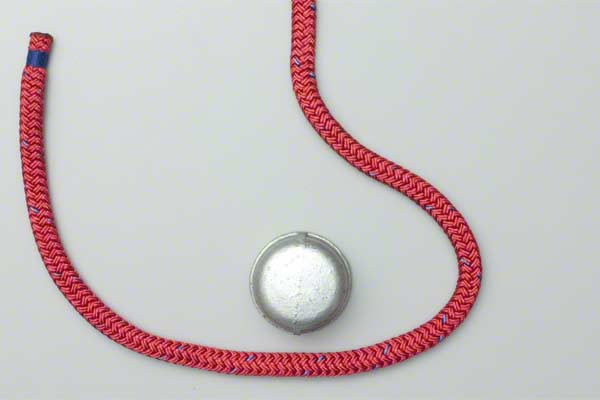
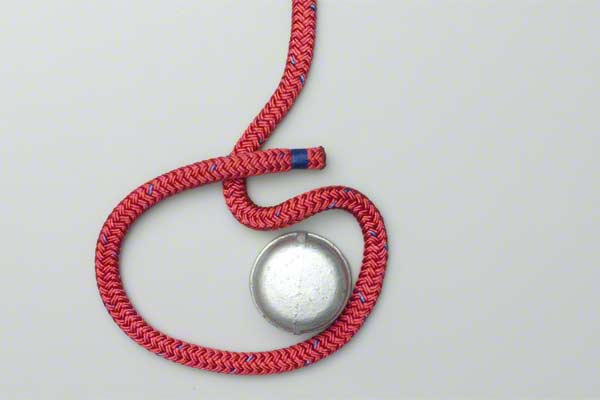
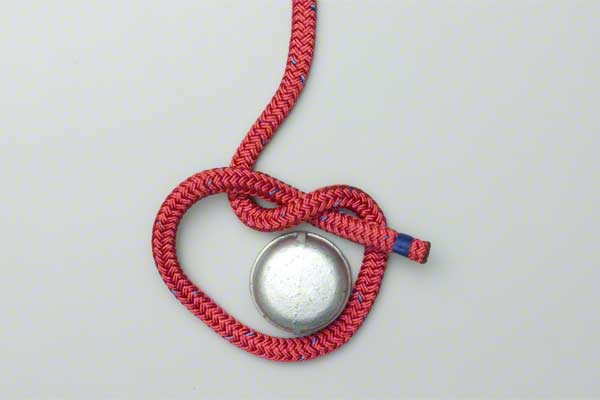

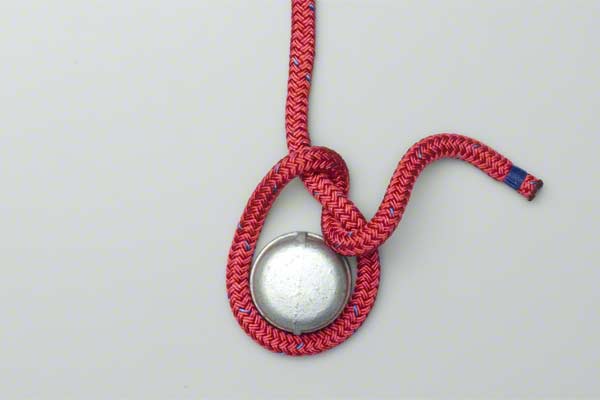
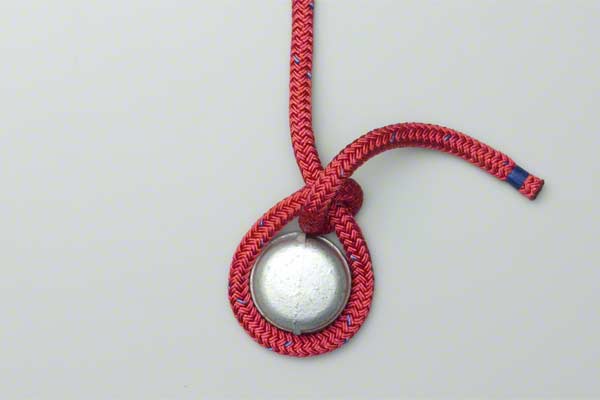
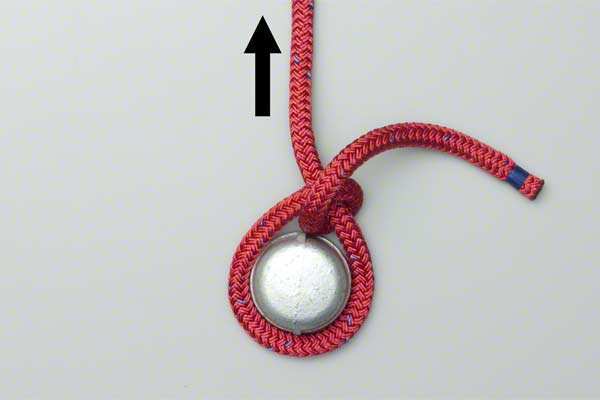
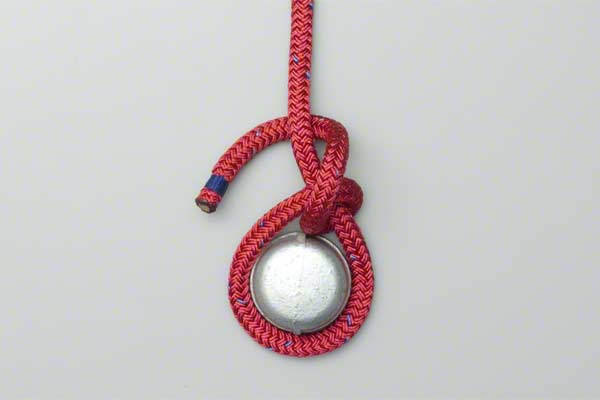
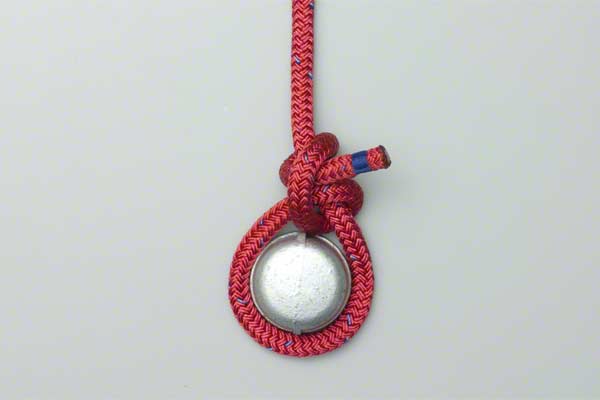
Half Hitch Details
Uses: Ashley described the Half Hitch (ABOK # 50, p 14) as "tied with one end of a rope being passed around an object and secured to its own standing part with a Single Hitch."
Comparison: The animation shows the close similarity between:
- The Overhand Knot – tied in the end of a rope;
- The Half Hitch – attaches a rope to something, e.g., a Hitching Post;
- The Half Knot – a binding knot – first part of a Square (Reef) Knot.
Tying it: As shown in the animation it can be capsized from looking like an overhand knot into the normal look of a Half Hitch. In this animation the second Half Hitch shows how it is customarily tied - wrapping it round the standing end and tucking it under itself.
Two Half Hitches: The first Half Hitch is nearly always followed by a second – or more. It is customary to pass the rope the same way around to make both Half Hitches. This creates a Clove Hitch around the standing end. When the second Half Hitch is reversed it creates a Cow Hitch round the standing end.
Recommendations: Although two Half Hitches do make a complete "Hitch", it is better to begin by first passing the rope around the post or bollard a second time to make the Round Turn and Two Half Hitches. This is more secure and provides easier control of the load while tying the Half Hitches.



